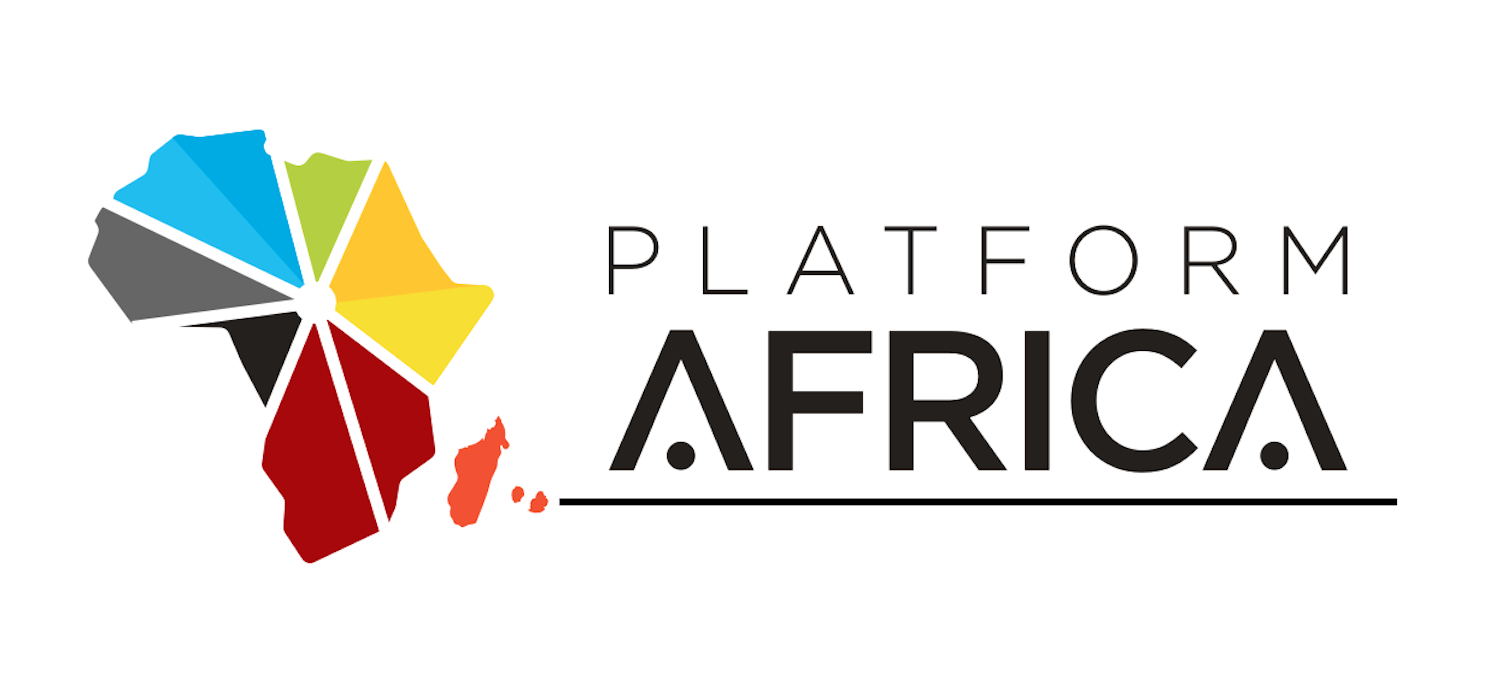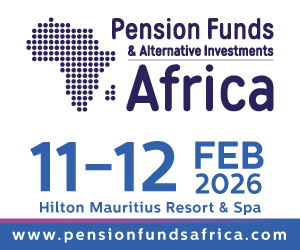The International Monetary Fund (IMF)’s Mission Chief for Mauritius, Ms. Cemile Sancak, spoke at a hybrid press conference held on 10 May 2022 in Ebène, to discuss the findings of the IMF’s mission to Mauritius from 27 April-10 May ’22. She shed light on the 2022 Article IV consultations, which serve as the global development agency’s regular assessment of a country’s macroeconomic health.
Overall, the press conference provided a valuable forum for the media to find out more from the IMF’s mission team on the economic outlook for Mauritius at the conclusion of their Article IV consultation. The main findings were indicative of a bullish recovery path ahead for the island economy, provided it takes sensible steps to control inflation, reduce public debt, and diversify into high skill sectors such as pharma and IT.
Moreover, at a macro level, she stressed on the adverse impact that the war in Ukraine has had on growth projections, diminished prospects for global tourist flows – which translates into a baseline project of 800,000 arrivals in Mauritius – and worsening terms of trade. Indeed, Ms. Sancak soberingly stated that tourist arrivals to Mauritius in 2020-2021, at 30% of the 2019 levels, were adversely affected by the full reopening of the borders as late as October 2021. She still maintained an overall optimistic stance, noting that economic recovery is expected to continue, driven essentially by the tourism sector which should reach about 60 percent of pre-pandemic levels in 2022.
Putting people first
Ms Sancak in particular commended the government’s approach towards vaccination, noting that the ‘remarkable vaccination campaign covering over 90 percent of the eligible population by May 2022’ allowed for the public health impact of the pandemic to be ‘well managed’.
Her key takeaway was that the large and comprehensive support measures helped cushion the social and economic impact of the pandemic, thereby allowing the island economy to protect its people and preserve their health and safety at a most difficult crossroads.
However, she viewed with caution the rising inflation, which she noted increased to 6.8% in end Dec 2021 and further 10.7% at end-March 2022, with IMF projections placing it at 11.5% in 2022 on surge in food and fuel prices, recovering domestic demand, as well as past depreciation of the rupee. In view of surging food and fuel prices, the IMF Mission chief further recommended protecting the vulnerable population with targeted transfers through social safety net programmes while avoiding broad-based subsidies benefiting all income levels in face of increasing fuel and food prices.
How should the economy rise to the challenge of building back better in the new normal?
Ms Sancak highlighted that as the recovery solidifies, it is essential to deploy a comprehensive fiscal consolidation plan to ensure debt sustainability and normalise monetary policy stance in a timely manner to control inflation in the medium term. Furthermore, she underscored the need to improve competitiveness, diversify the economy, tackle climate change, and embark on structural transformation in order to increase the sustainability and resilience of the economy.
To build up foreign exchange reserves and combat rising debt levels, she suggested a multi-pronged approach of improvement in air connectivity to effectively support the recovery of tourism flows to pre-pandemic levels; further fiscal consolidation to restore fiscal space and ensure debt sustainability; reforming the pension system to support fiscal sustainability; and fiscal consolidation through credible revenue and expenditure measures.
In addition, she recommended that as the economy exits the pandemic, reinstating fiscal rules, including a medium-term debt anchor, would help preserve fiscal sustainability and reduce debt vulnerabilities, while allowing for flexibility to address shocks. On public debt levels, she noted that, by end of June, the IMF expects public debt to GDP ratio to be slightly over 92%, and by the end of next fiscal year, it should come down to 88%.
“Our view on debt is the public debt to GDP ratio has gone up substantially during the pandemic. That has happened in many countries and comes as no surprise. The government needs to bring down debt gradually through credible revenue and expenditure measures. On that front we have done further work as part of this Article IV consultation, and, we have found that Mauritius’ debt carrying capacity is greater than 60% – it could even be as much as 80%. Indeed, Mauritius’ debt servicing capacity is higher than many countries,” she averred.
What approach should be followed by the central bank to support such recovery?
Regarding the Bank of Mauritius (BoM), Ms Sancak indicated that the IMF supports the BoM’s all-out efforts to modernise its policy framework, and the mission recommends, among others, the roll out of the new framework to take place at the soonest. Indeed, she reiterated that improving effectiveness of monetary policy and safeguarding the central bank independence need to remain priorities. Here, she noted that the exchange rate policy, consistent with the new monetary policy framework, should allow for greater exchange rate flexibility, which will already support recovery.
“Improving the legal framework and addressing governance issues are important to allow for further safeguards to the central bank’s independence. The ongoing review of the banking and central bank legislations is welcome, and the Mission advises expediting their submission to the Parliament,” the IMF Chief for Mauritius stressed.
On other measures, she noted that the Government needs to cover BoM’s losses which may materialise due to increasing policy implementation costs; and reiterated the recommendation that the BoM relinquish ownership of the MIC. “The MIC should be transferred to the government or folded into DBM at the earliest. In terms of timelines, our recommendation is the sooner the better. There is more evidence now that the MIC is engaged in quasi-fiscal financing, ie, some of the expenditures that should go through the budgetary process are being done through the MIC. The MIC is also competing on some profitable projects which amounts to crowding out certain profitable projects in the financial sector. We have made this point to the central bank and the government, at all levels,” she highlighted.
Taking steps towards a brighter future in a post-pandemic world
In conclusion, she counselled that the diversification of the economy will remain critical to support the recovery and Mauritius’s aspiration to become a high-income country. This would require a three-pronged approach of ensuring suitably skilled workers; bringing about greater digitalisation; and addressing climate change to help the economy build resilience against shocks.
“When the country was hit by the pandemic, large, comprehensive measures were taken. Those measures affected the social and economic stability. What Article IV seeks to ensure is that the measures taken during the pandemic do not lead to pressures further down the road, and that fiscal and debt remain at sustainable levels. When debt goes up to high levels in a short period, we expect it to come down – but not in a year or two, since that’s not realistic. A reasonable timeframe is one that is transparent and within the budget. I would say that’s a forward-looking approach,” she concluded.
She advised the media that the full staff report would be published around the third week of June, with more depth on the issues highlighted in the press conference.




